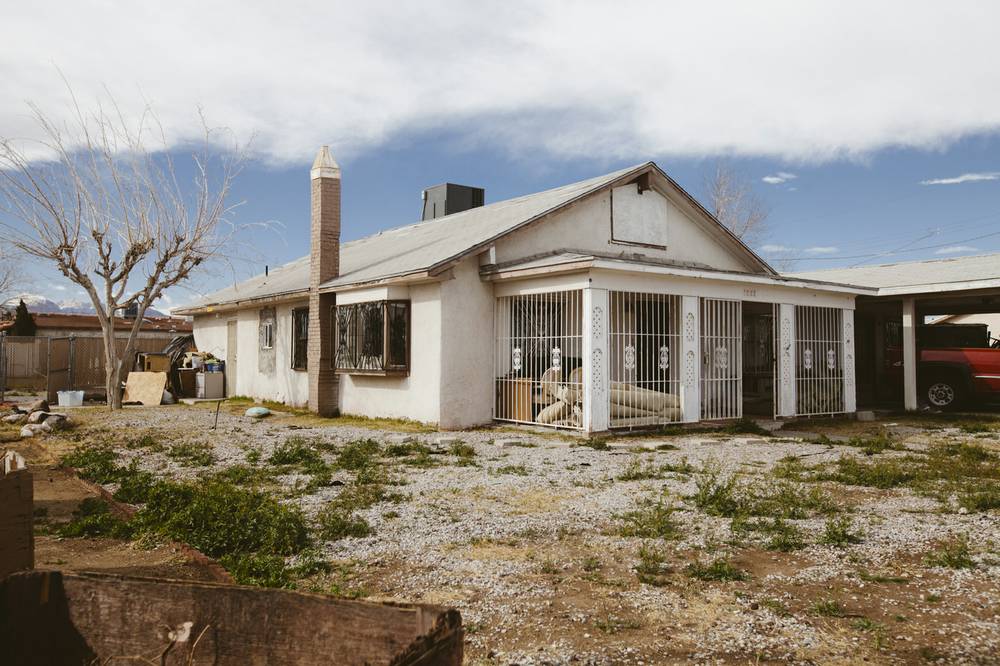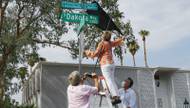More
It would have been difficult to imagine back in 1942 that a small boarding house on F Street and Adams Avenue—on the black side of a deeply segregated small town—would still be standing more than 70 years later, let alone part of a longstanding community conversation, even when it had been deemed condemnable so many years later.
But when a house plays such a pivotal role in the story of a young city, letting it go would have been a grave misfortune. Last month, after many efforts by the community, activists, preservationists and the city, the National Park Service placed Harrison House, also known as Harrison Boarding House, on the National Register of Historic Places, further cementing this historic gem at 1001 F. Street into Las Vegas' architectural and cultural story.
Listed as having been built in 1942 but possibly constructed even earlier, the Harrison House was a boarding house that became a safe haven for black Boulder Dam (now Hoover Dam) construction workers that came to Las Vegas from southern states and other locations, decades before the Moulin Rouge agreement ended segregation in Las Vegas casinos. Sammy Davis Jr. and other entertainers—stars on the Strip in casinos they couldn't patronize—took refuge here, a story safely embedded in oral history through Claytee White's Documenting the African American Experience in Las Vegas, a project of UNLV libraries.
Its designation joins others in the area, including the Las Vegas Grammar School (also known as the Westside School) and Berkeley Square, a 148-home neighborhood designed by architect Paul Revere Williams, who also designed the La Concha motel lobby relocated to the Neon Museum and the still-standing Guardian Angel Cathedral Church built in 1963.
As Courtney Mooney, urban design coordinator and historic preservation officer for the City of Las Vegas, explained in a February interview with the Weekly, "The Historic Westside contains some of the oldest buildings in Las Vegas, ranging in styles from vernacular to popular 1920s and 1930s styles like bungalow and mission revival.” She said these buildings and neighborhoods are "basically time capsules of local culture, economics and demographics."
"There needs to be a comprehensive historic survey and inventory completed for the entire Historic Westside,” Mooney said. “A survey and inventory was completed in 2003, and it desperately needs to be updated and expanded. Once this is complete the community will have the foundation to create a preservation plan for the entire area. I’m positive there are many hidden gems in the Historic Westside that have yet to be discovered and are worthy of preservation."







